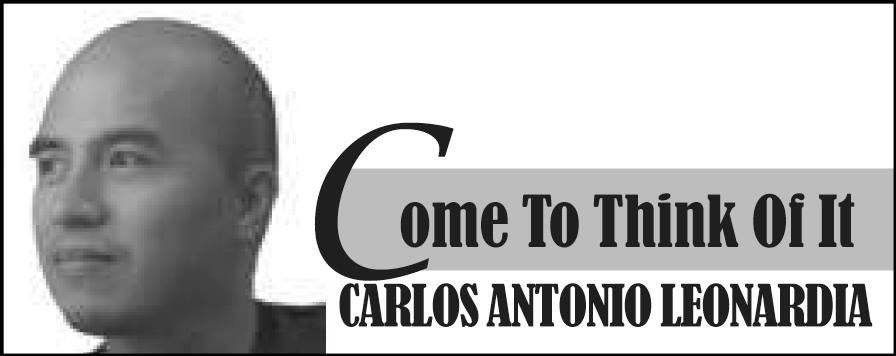
Misinformation and disinformation are everywhere these days, making everyone vulnerable to it, especially on social media. Both kinds of information involve the sharing of bad information, regardless of intent or purpose and as we try to figure out the quality of the information that we are constantly being bombarded with, let’s start with the difference between the two.
Misinformation refers to false or out of context information that is presented as fact regardless of an intent to deceive.
Disinformation, on the other hand, is more malicious as it is intentionally false and is intended to deceive or mislead.
As we have all probably experienced, we are all vulnerable to misinformation. All of us have probably at one point shared an article or post that you believed true at the time, but was later discovered to be false and/or contain outdated information, making us initially misinformed people who ended up spreading misinformation.
Misinformation refers to information that is false or inaccurate and is often spread widely with others, regardless of an intent to deceive. In other words, those who spread it often mean well. Those who like to dabble in conspiracy theories and are too lazy to fact check are vulnerable to receiving and spreading misinformation. The ongoing campaign period and the recent coronavirus pandemic are excellent breeding grounds for misinformation so our misinformation radars will have to be on high alert for the foreseeable future.
While misinformation is false information that is created and spread regardless of an intent to harm or deceive, disinformation is a type of misinformation that is created to be deliberately deceptive. Both forms may be shared widely, regardless of whether or not the sharer knows it is wrong.
Disinformation is not a 21st century phenomenon, as people have been using it to make financial or political gains since time immemorial. The difference today is the speed at which it can spread because of technology.
Regardless of whether its misinformation or disinformation, the importance is the accuracy and quality of the information that we share with others. There is no way of knowing the intent of the originator of the information, but because of the same technological breakthrough that makes it spread easily, fact checking has also become much easier for those of us who care about the information we consume and eventually spread.
A few red flags that should always prompt an investigation into any information are the following:
If it seems too good to be true, if it plays to your own biases, if it elicits extreme emotions (positive or negative) and if it’s not properly sourced, or the stats appear out of date.
When those red flags pop up, it would be best to check the following: The author and organization (if it looks legit at first blush, check closely for misspelled fakes or satire); the date it was published; the evidence; and what other sources say on the same topic or issue.
When in doubt, always assume that the information is fake and stay away from it until further investigation reveals it to be true or accurate. I know that too many people have gotten away with spreading misinformation that it’s almost like the Omicron variant of COVID – nothing to be ashamed of; but believe me, more and more people are wising up to misinformation and disinformation and are become judgmental of those who are gullible enough to allow themselves to be fooled and be used.
Knowing the difference between misinformation and disinformation is important for me because if people educate themselves, then they can tell if they are victims of such information. But more importantly is once you already know the difference, continuing to spread false information makes you a purveyor of disinformation because the intent changes when someone continues to spread information that they already know is false. I’d like to think most people only accept and spread misinformation without evil intentions. But if more people know about mis/disinformation, then we also get to separate the sheep from the wolves among us.
Friends and loved ones who spread misinformation can be forgiven for being gullible. They might even apologize and take it back if they find out the truth. However, those who continue to spread misinformation despite knowing the difference are no longer gullible and show us their potential to be evil. I wouldn’t want to associate myself with the kind of people who are outright liars and don’t mind being sources of disinformation because their little lies could easily turn into bigger and grander lies and scams I wouldn’t want to be involved in.*







